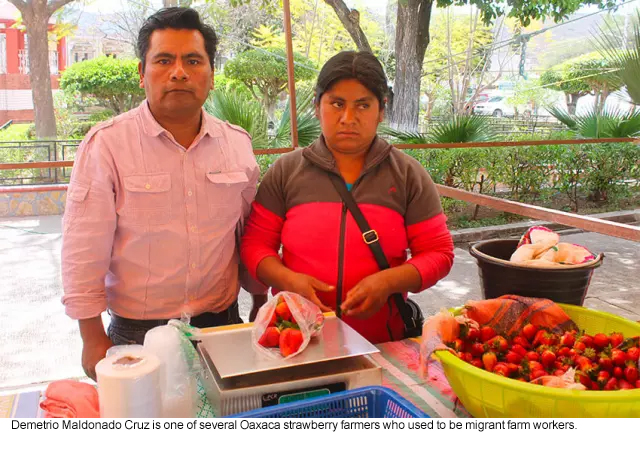Ask any restaurateur and they will tell you that pairing wine with food is imperative to enjoying a fine dining experience. But artist Alma Silva of Zihuatanejo has taken this concept one step further and decided to pair wine with her art classes and workshops.
While many cities north of the border offer wine and art nights, Silva’s classes for all levels are different and, in my opinion, a cut above the norm. Rather than the typical strategy of having participants all paint the same thing, Silva has taken her classes in an entirely new direction.
“I want to make [classes] more about the experience and a way to make the people connect with their creativity,” says Silva, “to bring out the inner artist in you and work with your emotions to create a connection with the art you want to create … I want to change how you perceive things and reach beyond.”
They’re classes for people who want to “reconnect and reignite their practice,” is how she puts it.
Born in Mexico City, Silva’s art beginnings were in the 1980s, when she took beginners’ classes at a community cultural center in Morelia, but her artistic journey has taken her in many different directions. During the mid-ʼ90s, she studied architecture, and in 1995 presented her first solo exhibition, Architecture in Screen Printing at the Universidad Michoacana San Nicolás de Hidalgo; she eventually obtained her specialty in landscape architecture at the Polytechnic University of Valencia, Spain. She’s also taken many classes and workshops in the plastic arts and watercolor techniques.
I decided to take a class myself and see if Silva would successfully bring out the latent artist in me.
Upon arrival at the beautiful, impressive Mezgaleria in Zihuatanejo’s Playa Madera area, I found out that the class was entirely in Spanish and that I was the only foreigner there. Thankfully, a friend of mine had also signed up, and Silva’s assistant Carla Lopez translated as required.
Once our hosts poured the wine, we began.
We first explored our own faces by drawing our eyes, nose, mouth and ears. Silva provided mirrors, which we had to share, and so some of this was done by memory as we passed them around the room. We then drew our self-portraits by tracing each of our facial features with our fingers before putting them on paper.
It was amazing how much the self-portraits resembled each of the eight participants who’d made them, especially since part of the exercise required them to close their eyes.
Silva then deliberately cracked the mirrors and passed them back to us. The result was a comical Picasso-type reflection, with more than one eye, nose or a crooked mouth. We then drew what we saw, and, once again, I was amazed by the accuracy of the finished work.
Unfortunately, not completely understanding the instructions, I also drew the shards of glass across the page to resemble the work of Jack the Ripper. Still, the very gracious (and generous) Silva complimented my work.
By the time the class was over, I had found myself beaming from my accomplishment (or maybe it was the wine).
Silva has more workshops coming up in Zihuatanejo, including one at Casa Tucanes Villas and Bungalows rentals on La Ropa beach and one at the Quatro Cafe in Zihuatanejo center. She said she’s also eyeing locations like ecological parks in Ixtapa, Playa Blanca and Barra de Potosí.
You can sign up for a package of two classes a week for four weeks, which costs 2,000 pesos; each class is different. Or, if you prefer to sign up for an individual workshop, those cost 600 pesos each. Both options include all materials and, of course, the wine.
To find out more, you can find Alma Silva on Facebook and Instagram, as well as on Airbnb, or call her at 755-108-6810 (WhatsApp).
The writer divides her time between Canada and Zihuatanejo.












